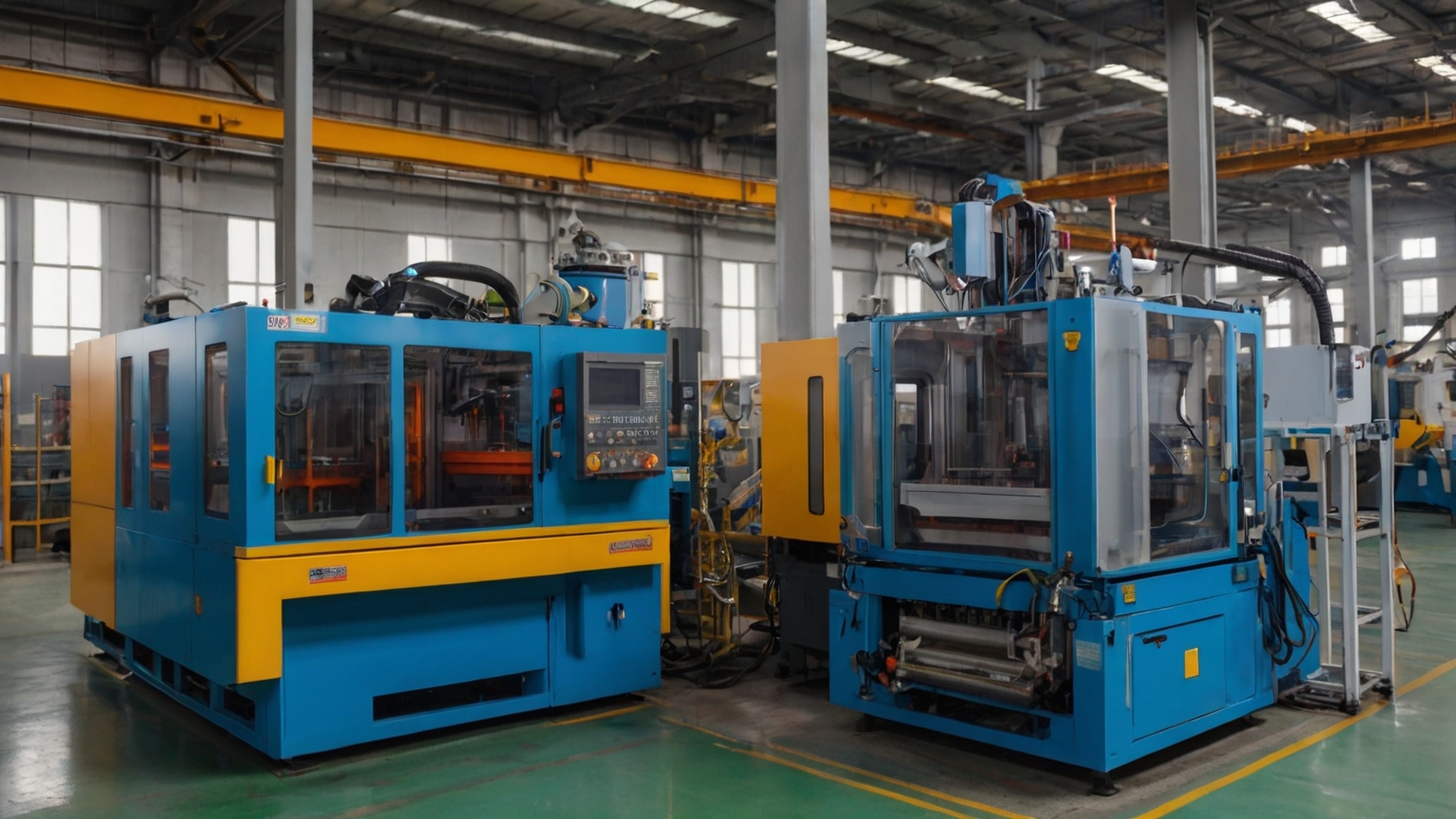How to Choose the Right ISTA or ASTM D4169 Test for Evaluating Your Packaged Product
In the competitive world of product packaging, ensuring the safety and integrity of your goods during transit is paramount. That’s why choosing the right test method to evaluate your packaged product is crucial. Two widely recognized standard families for testing packaging are the International Safe Transit Association (ISTA) and the ASTM series standards. In this comprehensive guide, we will walk you through the process of selecting the most appropriate ISTA or ASTM D4169 test for your packaged product, empowering you to make informed decisions that can safeguard your goods and enhance your business reputation.
Understanding ISTA (International Safe Transit Association Packaging) Standards
The International Safe Transit Association (ISTA) is a globally recognized organization that sets standards for packaging testing and design. ISTA offers a range of test protocols, each designed to simulate different shipping conditions and hazards. By subjecting your packaged product to these tests, you can gain valuable insights into its performance during transportation.
Series 1: Non-Simulation Integrity Performance Tests
Dive into the realm of strength and resilience as we challenge the combination of your product and package. This series focuses on testing their mettle without simulating environmental conditions. Discover the true potential of your packaging’s durability.
Series 2: Partial Simulation Performance Tests
Merge the best of both worlds with Series 2 tests. These tests incorporate elements of Series 3 General Simulation performance, such as atmospheric conditioning and mode-shaped random vibration. In addition, they retain the essential aspects of Series 1 Non-Simulation Integrity tests. It’s the ideal blend for a comprehensive assessment.
Series 3: General Simulation Performance Tests
For a holistic evaluation of your packaging’s endurance, Series 3 tests are the go-to choice. Designed to replicate a wide array of transport environments, these tests encompass various motions, forces, and conditions. Whether it’s different drop heights, random vibrations, or atmospheric conditioning, this series covers it all.
Series 4: Enhanced Simulation Performance Tests
Elevate your testing experience with Series 4 tests. These tests include elements of Focused Simulation, linking test conditions to real-world distribution scenarios. Immerse yourself in simulations that mirror actual conditions, giving you unparalleled insights into your packaging’s performance.
Series 5: Focused Simulation Guides
Discover a wealth of information with the Series 5 guides. While not performance tests themselves, these guides provide invaluable instructions for creating laboratory simulations based on real hazards and observations. Create customized Focused Simulation tests that align with your specific requirements.
Series 7: Development Tests
When it comes to developing transport packages, Series 7 tests take the lead. While they can be used to compare different container designs, their primary purpose is not to assess packaged-product protection. Instead, they offer insights for refining packaging designs during the development phase.
In your quest to identify the most suitable ISTA test, our Guidelines for Selecting ISTA Test Procedures stand as a beacon of guidance. Alternatively, you can directly engage with our ISTA packaging testing experts. They’re at your disposal to answer queries and assist you in making the optimal testing choice. Feel free to get in touch using the form below.
Unlock the potential of your packaging with ISTA tests that truly align with your needs. Discover the strength, endurance, and protection your products deserve!
Understanding ASTM D4169: American Society for Testing and Materials
In the realm of shipping container durability, the ASTM D4169 standard stands as a guiding light, offering a comprehensive framework for assessing the ability of shipping containers to endure the rigors of the distribution process. Comprising of 18 distinct distribution cycles, 10 diverse test schedules, and three varying assurance levels, ASTM D4169 equips manufacturers and shippers with the tools to make informed decisions crucial to ensuring the safe arrival of products into the hands of their eagerly waiting customers.
ASTM D4169 Distribution Cycles
- General cycle – undefined distribution system
- Specially defined distribution system, user specified
- Single package without pallet or skid, LTL motor freight
- Single package with pallet or skid, LTL motor freight
- Motor freight, TL, not unitized
- Motor freight, TL, or LTL-unitized
- Rail only, bulk loaded
- Rail only, unitized
- Rail and motor freight, not unitized
- Rail and motor freight, unitized
- Rail, trailer on flatcar or container on flatcar
- Air (intercity) and motor freight (local), over 150 lb, or unitized
- Air (intercity) and motor freight (local), single package up to 150 lb
- Warehousing
- Export/import shipment for intermodal container or roll on/roll off trailer
- Export/import shipment for palletized cargo ship
- Export/import shipment for break bulk cargo ship
- Non-commercial government shipments per MIL-STD-2073
Choosing the Right Test Method
Selecting the appropriate test method depends on several factors, including the nature of your product, shipping requirements, and regulatory compliance. Here are some key considerations to help you make an informed decision:
1. Product Characteristics and Fragility: Assess the fragility and specific needs of your packaged product. Consider its weight, size, shape, and susceptibility to damage. This information will guide you in choosing the right test level and intensity.
2. Transportation Hazards: Analyze the potential hazards your packaged product may encounter during transportation. These hazards can include vibration, shock, compression, temperature variations, and humidity. Referencing ISTA or ASTM D4169 test protocols that mimic these hazards will aid in identifying the most relevant test for your product.
3. Shipping Method and Distance: Evaluate the shipping method and distance to determine the duration and intensity of stress your package may experience. Long-distance transportation or modes involving multiple handling stages, such as airfreight or intermodal shipping, may require more rigorous testing.
4. Regulatory and Industry Compliance: Consider any regulatory or industry-specific requirements applicable to your product. Certain industries, such as pharmaceuticals or hazardous materials, may have specific packaging standards that need to be met. Ensure your chosen test method aligns with these requirements.
5. Budget and Resources: Evaluate the available budget and resources for conducting the tests. Some test methods may be more expensive or time-consuming than others. Balancing cost-effectiveness with the desired level of confidence in your packaging’s performance is crucial.
Test Methods and Protocols
Both ISTA and ASTM D4169 offer various test methods and protocols, each tailored to specific shipping scenarios. Some common test methods include:
1. Vibration Test: Simulates the vibrations encountered during transportation, helping evaluate the resilience of your packaging against potential damage caused by continuous shaking.
2. Shock Test: Assesses the ability of your packaging to withstand sudden impacts and drops, replicating real-world scenarios where packages may be mishandled or experience accidents.
3. Compression Test: Evaluates the resistance of your packaging to vertical pressure, simulating scenarios where packages are stacked or subjected to heavy loads.
4. Environmental Test: Involves exposing your packaged product to extreme temperature variations, humidity, and other environmental factors, ensuring its integrity under adverse conditions.
5. Incline Impact Test: Focuses on evaluating the packaging’s ability to withstand tipping or falling from inclined surfaces, common during loading and unloading processes.
By analyzing your product’s specific requirements and referring to the available ISTA or ASTM D4169 test protocols, you can select the most appropriate test method or a combination of methods to comprehensively evaluate your packaged product.
Benefits of Choosing the Right Test
Opting for the most suitable ISTA or ASTM D4169 test brings numerous benefits to your business:
1. Enhanced Product Safety: By subjecting your packaging to rigorous testing, you can identify vulnerabilities and weaknesses, enabling you to implement improvements that enhance the safety and integrity of your product during transit.
2. Cost Savings: Testing your packaging upfront can help identify potential issues and prevent costly damages during transportation. By investing in proper testing, you can avoid the expenses associated with product loss, returns, and customer dissatisfaction.
3. Improved Customer Satisfaction: Reliable packaging ensures that your product arrives at its destination in pristine condition. This fosters trust and satisfaction among customers, leading to positive reviews, repeat business, and an enhanced brand reputation.
4. Regulatory Compliance: Adhering to industry-specific packaging standards and meeting regulatory requirements is crucial to avoid legal consequences and maintain your business’s credibility.
5. Competitive Advantage: Investing in comprehensive packaging testing sets you apart from competitors who may overlook this crucial aspect. By demonstrating your commitment to quality and safety, you can attract more customers and establish yourself as a reliable partner in the industry.
Got a Question?
We’re here to answer your questions and help you get started right away. Call or send us a message anytime.

Megalab Group
Megalab offers ISO 17025 A2LA Accredited, EMC, Product Safety, Mechanical & Laboratory Testing Services. Megalab Group Inc. and its team are committed to meet and exceed our customers’ expectations as an industry leader in environmental and related regulatory testing services, through constant business improvement while upholding the highest integrity and quality in standards of all services we provide.
Learn more at www.megalabinc.com



